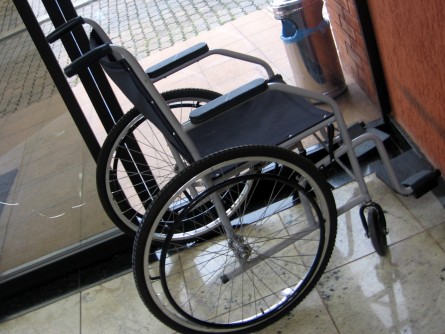In an October 17 article in the Chronicle of Higher Education, the answer seems to be getting clearer. San Jose State University has turned to a "flipped classroom" format for its "Engineering Electronics and Circuits" class, which means that students watch the edX lectures produced by MIT and then spend classroom time discussing what they've learned and trying to put into practice what they've learned. Essentially they are being taught by MIT professors and the San Jose faculty have become the equivalent of teaching assistants.
The format is getting mixed reviews. Interestingly, the faculty don't seem to mind. Four of the professors went to MIT over the summer to figure out how they could best support this new format. Maybe the faculty don't mind not giving lectures. But I would have guessed they'd be annoyed about not being able to direct the curriculum in the way they want. Certainly if you tried out this format on humanities classes, the humanities professors would not be happy. They would feel that their autonomy was being undermined or even that their academic freedom was in jeopardy.
But maybe with these basic STEM classes, the concerns are not the same. What's interesting is the story of how this change came about. According to one adjunct professor who was interviewed, the class had a historically low passing rate -- 40 percent of students received a C or lower last semester. “We were concerned about this class,” Khosrow Ghadiri said. “We wanted to revamp it in a fashion that would enable the students to pass this course and continue with their education because this is a gateway course required to continue in the major.”
Students who took the class in this flipped format did better on the midterms than their classmates who have taken the class in the traditional format. This is not entirely surprising, though, given the fact that they spent more time with the material. EdX students had to watch the lectures on their own time and still participate in the full amount of class time. In principle, this is a great plan for universities since they didn't pay faculty any more despite the fact that students had more hours of engagement.
The only complaint students have is that the classes are harder:
Adam T. Allen, a senior majoring in industrial and systems engineering, was curious about the flipped-classroom method but nervous about signing up for the course because his friends had had to retake it. He likes the format but said the pace could “slow down a bit” to align with the other sections. “We do have to learn more, but I don’t mind too much,” he said.
All in all, if colleges have figured out way to get students a better quality professor, more time in the classroom, a higher rate of success and a more rigorous curriculum, I predict MOOCs will be a great success.





